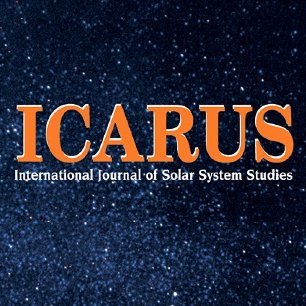
"Biological Modulation of the Earth's Atmosphere"
Lynn Margulis, James E. Lovelock
This article was the first prominent publication of the Gaia hypothesis in a scientific journal. Margulis and Lovelock review the evidence that the Earth’s atmosphere is regulated by life on the surface so that the probability of growth of the entire biosphere is maximized. Acidity, gas composition including oxygen level, and ambient temperature are enormously important determinants for the distribution of life. They recognize that the Earth’s atmosphere deviates greatly from that of the other terrestrial planets in particular with respect to acidity, composition, redox potential and temperature history as predicted from solar luminosity. These deviations from predicted steady state conditions have apparently persisted over millions of years. The authors explore the concept that these anomalies are evidence for a complex planet-wide homeostasis that is the product of natural selection. Possible homeostatic mechanisms that may be further investigated by both theoretical and experimental methods are suggested.